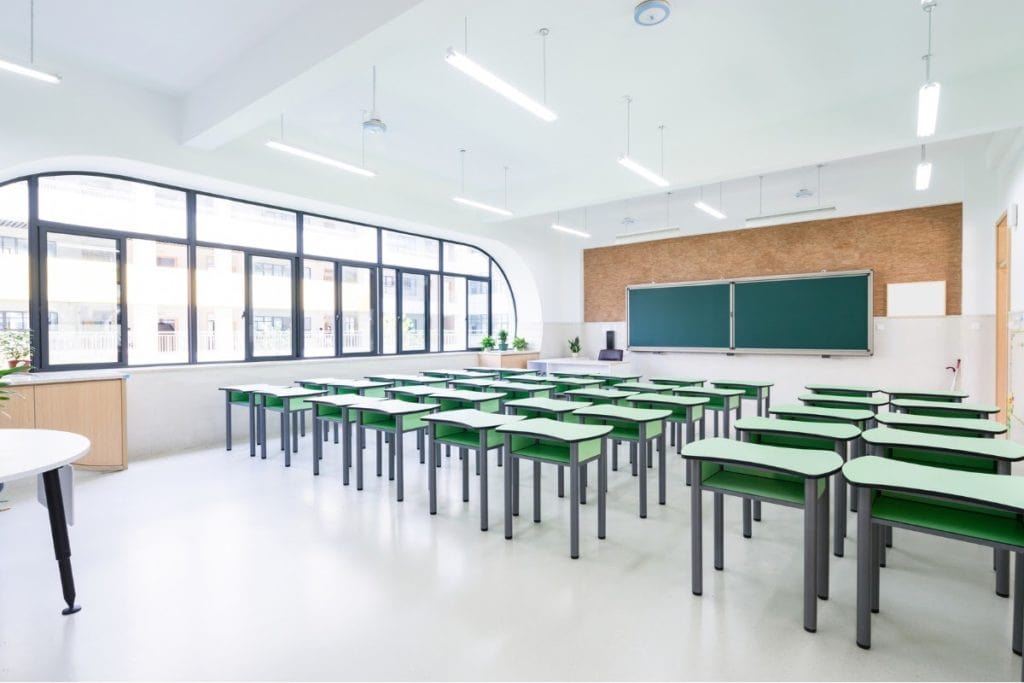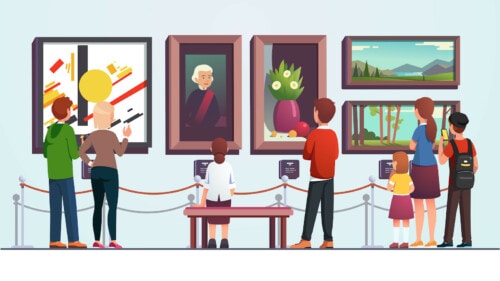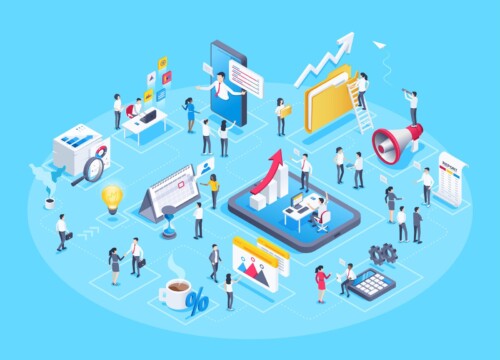Three Steps to Modernize our Education System

American students consistently rank behind those from advanced industrial nations in science, math, and reading achievement. Educators and administrators know modernizing our education system is the key to improving student performance and giving students a competitive advantage in the global economy.
Yet, disagreement about optimal ways to modernize continues to hold many students back from reaching their full potential.
In light of this, giving parents control over which schools their children attend has long been the focus of education modernization. The underlying motivation for school choice is the rationale that each child learns differently. Experts maintain that finding the right fit between students and schools can improve student outcomes.
Although school choice can help families find the right learning environments for their children, it’s only a small aspect of modernization. Schools need to leverage other methods of modernization to enhance student learning environments. Here are three ways we can modernize our education system.
1. Increase Access to Technology
Modernizing education means giving teachers and students the best learning environments possible and the necessary tools to compete in the global marketplace.
In 2020, all students should have regular access to computers or tablets and broadband internet in school and at home. In addition, teachers need the right software platforms to engage students in learning.
Today, students learn from a variety of media, and digital access allows teachers to present information in multiple ways. This ensures better retention of learning materials. In fact, research suggests that the use of artificial intelligence as a teaching tool will grow by almost 50 percent in the education sector in 2021.
Access to technology also serves dual purposes: it allows educators to not only use technology to teach students but also to introduce them to emerging technologies—like artificial intelligence, biotechnological advances, and robotics.
2. Provide Career-Focused Curricula
Students need to learn traditional subjects such as reading, writing, and math. However, failure to modernize school curricula will leave students unprepared to function in today’s modern workplace.
In essence, education modernization needs to include a variety of pathways that allow students to apply traditional skills to career areas where their interest lies. For example, students can learn math within the context of entrepreneurship, manufacturing, or engineering.
Social science, economics, technology, and wellness classes can serve as pathways for students to explore fulfilling careers in law, medicine, and finance. Modernizing our education system can improve educational attainment rates and result in a more productive workforce.
3. Modernize Old Schools
The simplest path to making our education system more engaging and relevant to students lies in updating, renovating, and remodeling older school buildings. A school’s physical condition impacts student learning environments and teacher morale. Schools should be viewed as comprehensive learning environments and not just boxes where students hang out until they graduate or drop out of school. Having a modern, updated learning environment can give students a sense of ownership over their education space, improving engagement and outcomes in the process.









